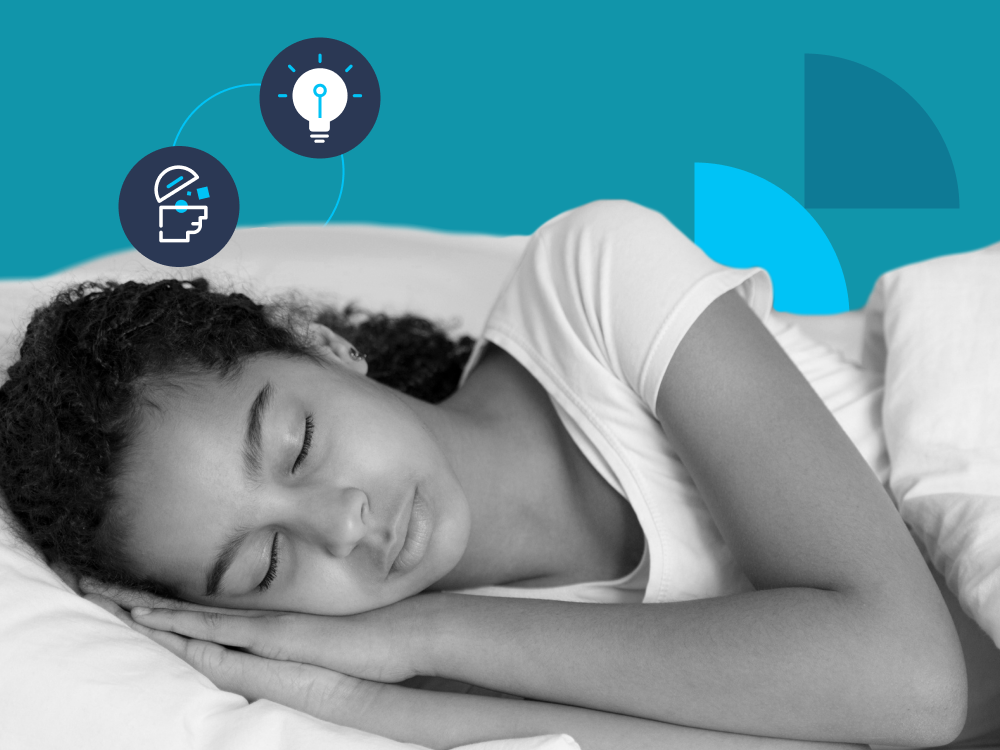
The Profound Interplay Between Sleep and Cognitive Function
14/08/2025
Sleep, far from being a passive state of rest, is a dynamic...
Read article
Subscribe for the latest insights on delivering cognitive care

21/08/2025
According to Alzheimer’s Disease International, an estimated 78 million people worldwide...
Read article

14/08/2025
Sleep, far from being a passive state of rest, is a dynamic...
Read article

08/08/2025
The Creyos team was lucky enough to attend the Alzheimer's...
Read article

07/08/2025
The burden of dementia on the U.S. healthcare system is...
Read article
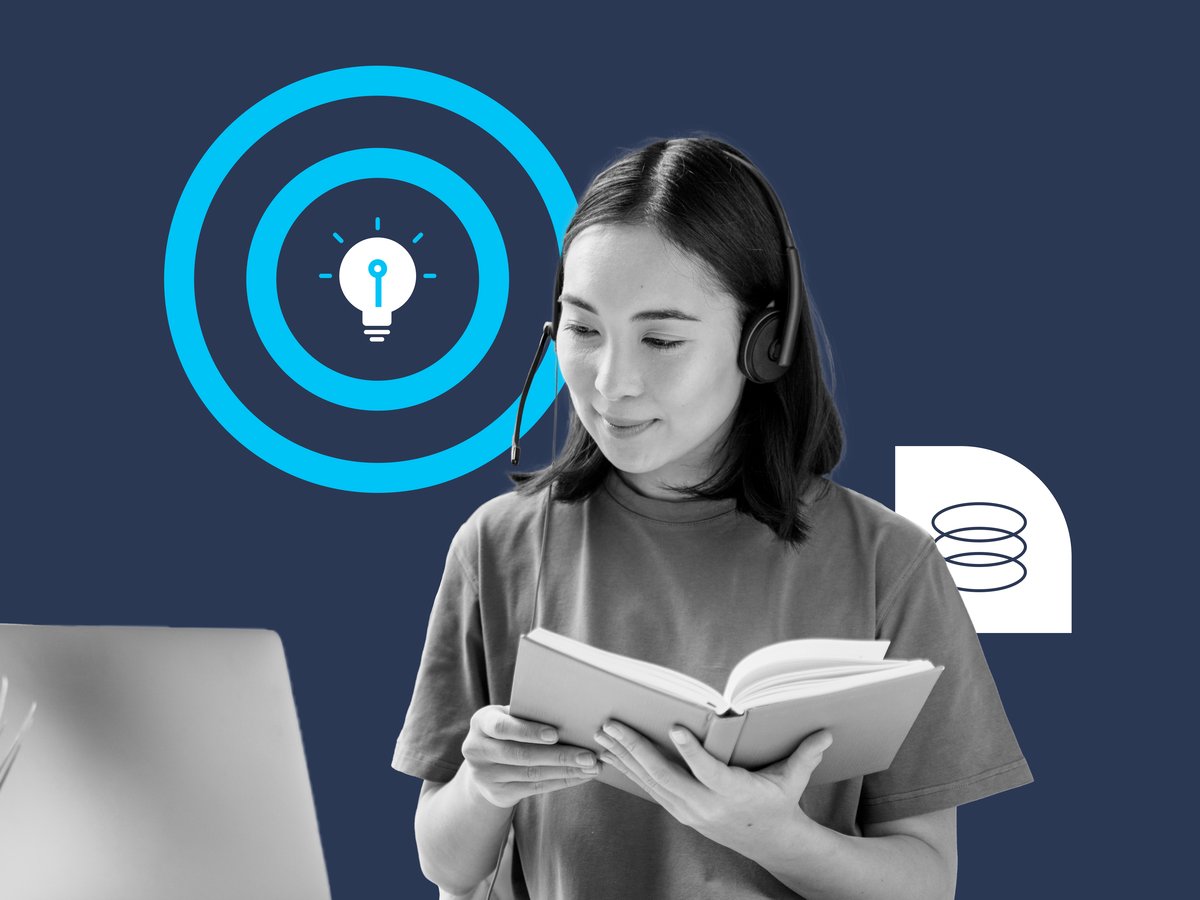
31/07/2025
The Conners Rating Scale is a standardized questionnaire...
Read article
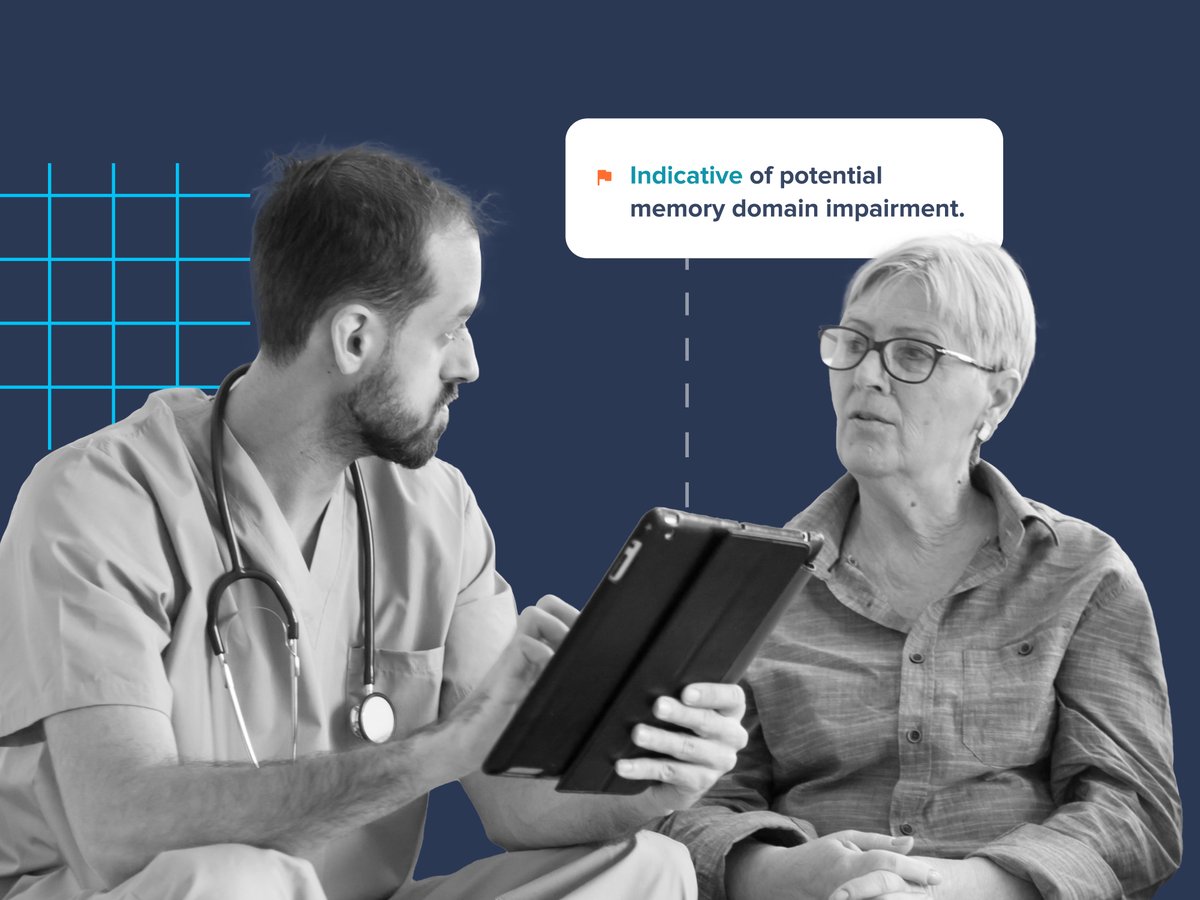
24/07/2025
Cognitive impairment is on the rise, and this makes...
Read article

18/07/2025
It is estimated that attention deficit hyperactivity...
Read article
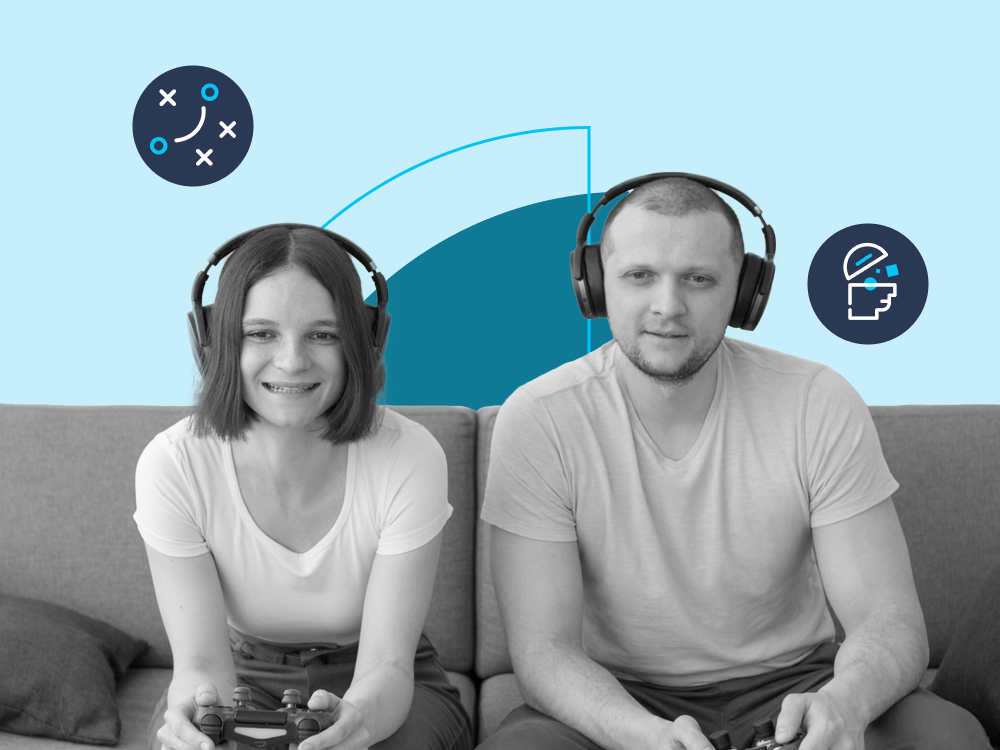
10/07/2025
Video games have become one of the most popular...
Read article
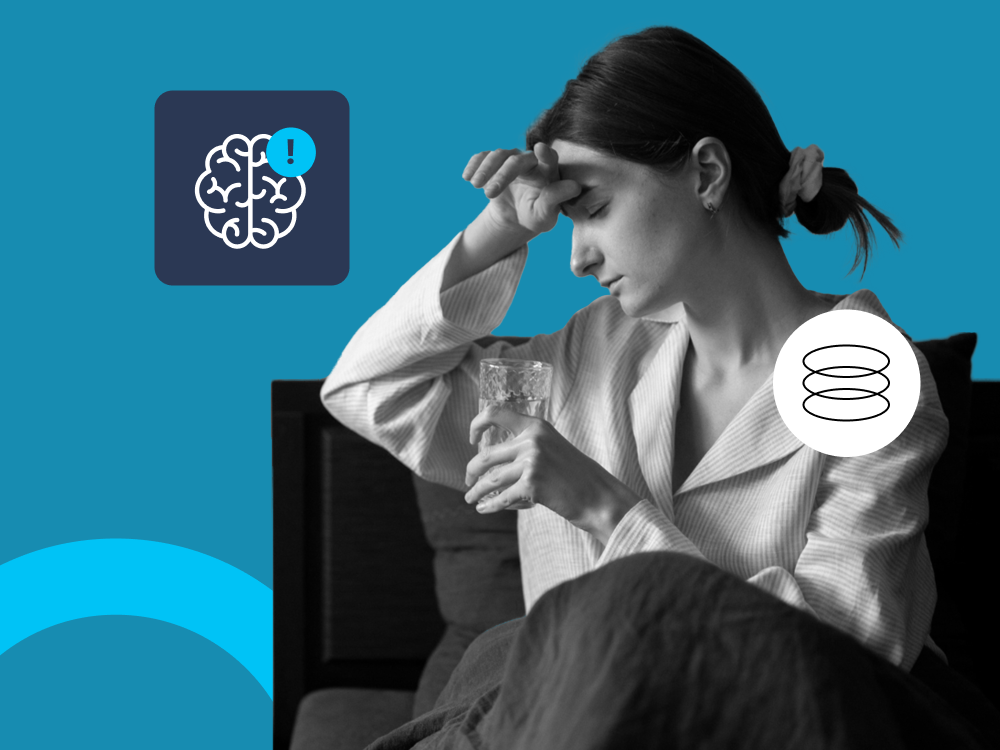
09/07/2025
If your patients have ever asked, “Why aren’t you supposed...
Read article
Book a call with a Creyos product specialist to learn how you can better assess cognition